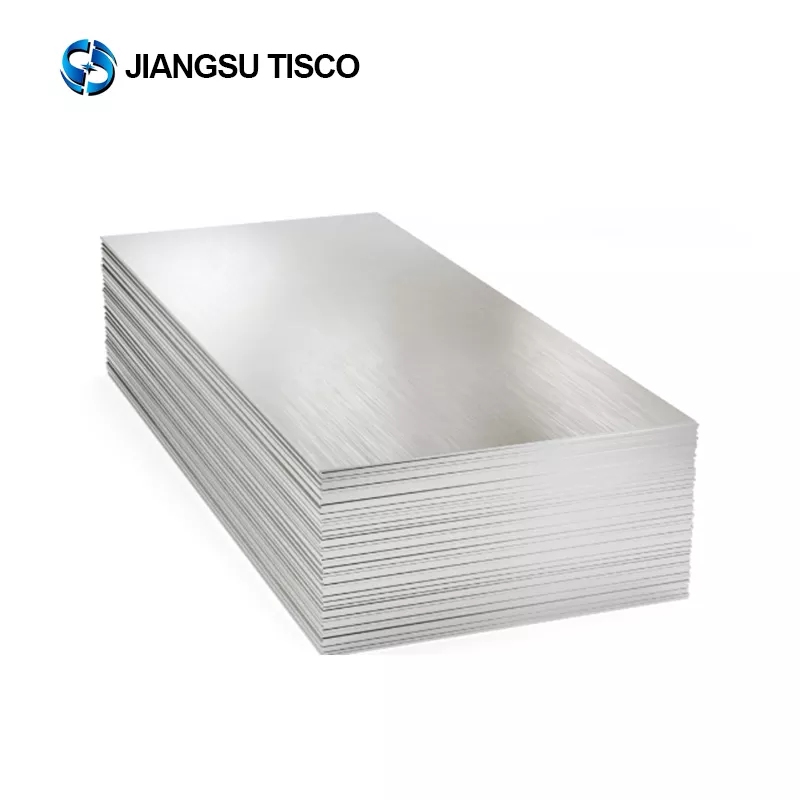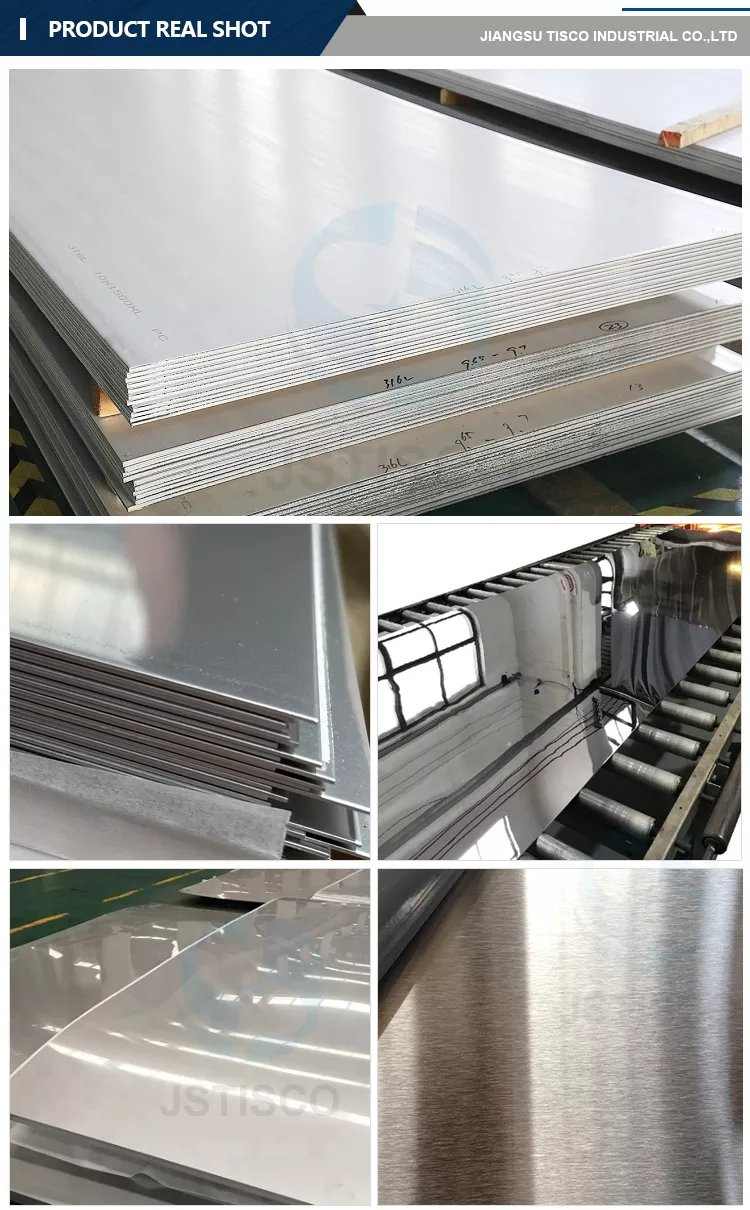Introduction of stainless steel plate
Stainless steel plate is generally a general term for stainless steel plate and acid-resistant steel plate. Introduced at the beginning of this century, the development of stainless steel plate has laid an important material and technological foundation for the development of modern industry and scientific and technological progress. There are many types of stainless steel plate with different properties. It has gradually formed several categories in the development process. According to the structure, it is divided into four categories: austenite stainless steel plate, martensitic stainless steel plate (including precipitation hardening stainless steel plate), ferrite stainless steel plate, and austenite-ferrite dual-phase stainless steel plate.
Classified according to the main chemical components in the steel plate or some characteristic elements in the steel plate, it is divided into chromium stainless steel plate, chromium-nickel stainless steel plate, chromium-nickel molybdenum stainless steel plate, and low carbon stainless steel plate, high molybdenum stainless steel plate, High-purity stainless steel plate, etc. The performance chcteristics and uses of steel plates are divided into nitric acid-resistant stainless steel plate, sulfuric acid-resistant stainless steel plate, pitting corrosion-resistant stainless steel plate, stress corrosion-resistant stainless steel plate, and high-strength stainless steel plate, etc.
According to the functional characteristics of the steel plate, it is divided into low-temperature stainless steel plate, non-magnetic stainless steel plate, free-cutting stainless steel plate, superplastic stainless steel plate, etc. The commonly used classification method is to classify according to the structural characteristics of the steel plate, the chemical composition characteristics of the steel plate, and the combination of the two. Generally divided into martensite stainless steel plate, ferrite stainless steel plate, austenitic stainless steel plate, duplex stainless steel plate, precipitation hardening stainless steel plate, etc., or divided into chromium stainless steel plate and nickel stainless steel plate category. Wide range of uses Typical uses is pulp and paper equipment heat exchangers, mechanical equipment, dyeing equipment, film processing equipment, pipelines, exterior materials for buildings in coastal areas, etc. The above is the introduction of stainless steel plate.
Characteristics of stainless steel plate
Stainless steel plate has good corrosion resistance and is more durable and corrosion resistant than ordinary steel. Stainless steel plate has high strength, so the possibility of using thin plate is high. Because of the high temperature oxidation resistance and high strength of stainless steel plate, it can resist fire. The stainless steel plate is processed at room temperature, that is, it is easy to plastically process, so there is no need for surface treatment, so it is easy to make and maintain. The stainless steel plate has a clean surface and a high finish.
Dry grinding
The most common types in the market are long and short filaments. After processing such surfaces, 304stainless steel plate shows a good decorative effect and can meet the requirements of general decorative materials. Generally speaking, 304 series stainless steel can form a good effect after one frosting. Due to the low cost, simple operation, low processing cost, and wide application of this type of processing equipment, it has become a piece of must-have equipment for processing centers. Therefore, most machining centers can provide frosted plates for filaments and short filaments, of which 304 steel accounts for more than 80%.
Oil grinding wire drawing
304stainless steel plate shows the perfect decorative effect after oil grinding and is widely used in elevators, home appliances, and other decorative panels. Cold-rolled 304 series stainless steel can generally achieve good results after one grinding pass. There are also some machining centers on the market that can provide oil-based grinding of hot rolled 304 stainless steel sheet, and its effect is comparable to cold-rolled oil grinding. Oily drawing is also divided into filament and short filament. Elevator decoration generally uses a filament, and all kinds of small household appliances, kitchen utensils, and other two kinds of patterns can be selected. The above is 304 characteristics of stainless steel plate.
Use
The corrosion resistance of stainless steel plate mainly depends on its alloy composition (chromium, nickel, titanium, silicon, aluminum, manganese, etc.) and internal structure, and chromium element plays a major role.Chromium has high chemical stability and can form a passive film on the surface of stainless steel plate, which isolates the metal from the outside world, protects the steel plate from being oxidized, and increases the corrosion resistance of stainless steel plate. After the passivation film is destroyed, the corrosion resistance decreases.
It is required to withstand the corrosion of various acids, such as oxalic acid, sulfuric acid-ferric sulfate, nitric acid, nitric acid-hydrofluoric acid, sulfuric acid-copper sulfate, phosphoric acid, formic acid, acetic acid, etc.304 is widely used in the chemical industry, food, medicine, papermaking, petroleum, atomic energy, construction, kitchen utensils, tableware, vehicles, household appliances, etc.
Stainless steel plate manufacturer
The above is the introduction of stainless steel plate and characteristics of stainless steel plate, if you are interested in stainless steel plate, welcome to visit an excellent stainless steel plate manufacturer, there are many kinds of stainless steel plate for you to choose, welcome to visit and browse.
Post time: Aug-01-2022

